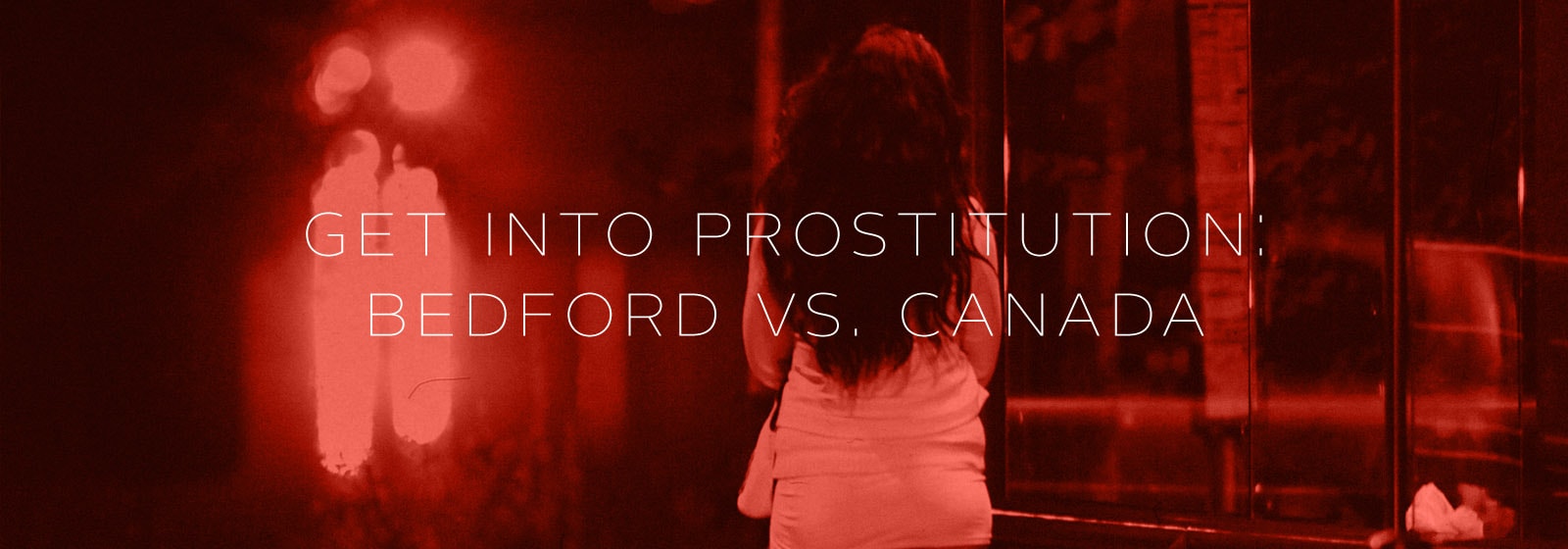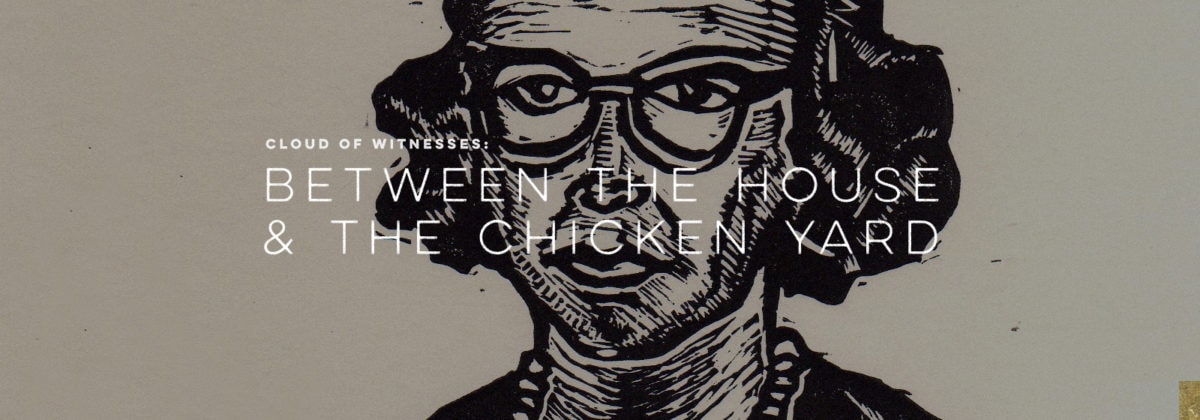The pinkish-red hue danced off the puddles on the dirty streets. The light may have otherwise added an artistic touch, had its ambiance not come from the glowing signs blatantly advertising acts that should never be made so public or so unavoidably in your face. The street was packed. The lights were bright. And a tangled mix of pain and captivity and hedonism danced through the bars and parlours and red-light windows.
The girls. I couldn’t stop thinking about their stories. Who were they? Where were they from? Why were they here? How did they get here? Did they choose this? Who did/do they dream to be? My mind was racing a hundred miles a minute and the pulse of my heart was keeping up with the pace of the seemingly unending questions.
The users. Anger rose in my chest. Who were these men? What lives did they live outside this place? Did they have families? Daughters? How could they justify this? What had happened in their stories to dull them to this heinous act?
I was stuck scrambling to remedy my understandings of this corrupt system and the apathy of the governments that let it unfold right in front of their eyes, wanting to rescue all the victims but feeling helpless to do anything meaningful to help, and the challenging gospel of grace that extended even to the pimps and johns. In that moment I was entirely convinced that all the beauty Thailand had to offer was surely tarnished by the horror of places like this.
Ah. Thailand.
And Cambodia, Japan, and Brazil. And cities like Amsterdam and Berlin. These are the places to which we typically assign the brokenness of prostitution. They are broken. The architectural and historical beauty of Amsterdam is diminished by the reality of a tourism industry that celebrates exploitation. Due to severe poverty, developing nations make up a huge portion of the global market for prostitution. There’s no way around it: Prostitution is a systemic global issue, affecting an estimated 40 million people around the world,[ref]findingjustice.org/prostitution-statistics/[/ref] approximately 2.5 million of whom are victims of human trafficking.
But Prostitution is also a systemic local issue. It’s a Canadian issue. It’s a Vancouver issue. The veil of ignorance that suggested that human trafficking and economically motivated sexual exploitation were somehow constrained to neighbourhoods and cities far from ours is gone. Because of the underground nature of the industry and a widespread gap in research, definitive statistics are lacking across Canada as to the exact number of people involved in the industry. But the industry is certainly present. Major urban centres such as Toronto, Vancouver, and Montreal are the highest risk locations for prostitution due largely to their higher populations, urban poverty, and the influx of immigrant populations. However, cases have also been reported in both rural and urban settings across the country.
Prostitution is a complicated issue. Fundamentally, prostitution is a form of violence and a violation of human rights. But, its complexity has historic roots and multifaceted applications. Many will point to it as the oldest profession and thus justify its practices and furthermore see its decriminalization as a sign of progress. Some will hold to more traditional views of hoping for complete abolition. Others will advocate for a more contemporary strategy. Whatever the perspective, we’re talking human rights, gender equality, and individual freedoms. We’re addressing the importance we put on remedying systemic issues of sexual exploitation and abuse. We have to address issues of pornography, cultural misconception, and widespread sexual abuse. We’re talking social hierarchies of power, economic inequality, migration, human sexuality, racial discrimination, enforcement of justice, and the rule of law as it relates to Canada’s Criminal Code and Charter of Rights and Freedoms. At the root of it, we’re talking our individual and collective beliefs about human worth and the protection of and care for the vulnerable and marginalized.
Prostitution isn’t any one of those things to the exclusion of another. Nor, therefore, can it be effectively remedied as such. We need a collaborative, targeted, and multifaceted approach that most effectively affirms and protects human dignity at every step of prevention, protection, and prosecution.
BRINGING IT HOME
Our nation is at a turning point.
On December 20, 2013, The Supreme Court of Canada struck down the country’s three major prostitution laws in Bedford vs. Canada, ruling that the former legislations banning street soliciting, living on the avails, and keeping a brothel were now deemed unconstitutional.
The ruling did not however, immediately take effect. The Supreme Court gave Parliament one year to come up with a new legislation. Therefore, until December of this year, the anti-prostitution laws remain part of the Criminal Code. There’s a definitive challenge here. This is a huge legal precedent that will not only affect our nation in the next year, but also will impact the lives of future generations in Canada. But, any challenge also presents an opportunity. In this case, our lawmakers in Ottawa now have the opportunity to adopt a more strategic vision for how to govern our nation in this area most effectively.
So how do we best bring about justice? How do we both defend those who need protection and prosecute those who prey on the vulnerable? Those are questions of high value and great challenge. But before we get into proposed ideas, we need to look at some influencing factors.
THIS IS A PEOPLE ISSUE
Prostitution is, at its core, a people issue and the bulk of the issue can be focused on the role of the victims (the prostitutes themselves, male or female) and the role of the perpetrators (those who buy sex, the johns, and those who coordinate the buying and selling of sex, the pimps).
The victims: In Canada, many statistics estimate that the average age at which victims enter prostitution is 16 years old. 85% of prostitutes in Canada report sexual abuse in childhood. 75% of Canadian prostitutes have attempted suicide. Of the cases reported, 15% of those suicide attempts are completed.[ref]prostitutionresearch.com, Melissa Farle[/ref] The vast majority of those involved in the selling of sex do so because they see no other option economically. Some studies suggest that 90% of prostitutes in Canada are unwillingly engaged in the practice.[ref]evangelicalfellowship.ca/prostitutionlawreform[/ref] Many are immigrants. A huge majority are Aboriginal. As such, the current system of criminalization has created significant economic and legal barriers to the majority of victims who are caught in prostitution against their will. Victims can be attacked, raped, or severely abused (75% of victims report stabbings and beatings, concussions, and broken bones)[ref]Farley, Melissa et al. Prostitution and Trafficking in Nine Countries: An Update on Violence and Posttraumatic Stress Disorder (2003) Journal of Trauma Practice Volume: 2 Issue:3/4, p.35[/ref], and due to the current criminal code designating the seller of sex as the criminal, they cannot seek legal or police protection. Essentially, the current system is unable to help those most in need of help, creating a vicious cycle of injustice.
Can we label all prostitutes as victims? The answer is no. There are some prostitutes who willingly choose to engage in the act of selling sex, arguing that the act is one “between two consenting adults” and thus deserving of protection and freedom of choice. However, these individuals are the vast minority, despite disproportionate legal and media attention. We’re dealing with an issue of systemic injustice, and not only are many of the victims separated from police assistance under the current system, they are also often rendered essentially voiceless and without access to legal care due to economic constraints.
The perpetrators: It’s estimated that 1 in 10 men in the world have purchased a prostitute.[ref]findingjustice.org/prostitution-statistics/[/ref] In Canada, the percentage is 1 in 15.[ref]prostitutionresearch.com[/ref] However, a startling 90% of these buyers recognize that the act of prostitution is harmful to the prostitute and 40% recognize the harm to the client as well.[ref]McIntyre, Susan. Buyer Beware: A Study into the demand side of the sexual exploitation industry.[/ref] The justification for these actions is often rooted in histories of sexual abuse, pornography use, and the widespread embrace of sexual hedonism in society. However, recent research suggests that criminalizing practice of buying sex through fines and/or imprisonment would deter the majority of those who contribute to the industry. A fine of only C$50 would deter 17% of buyers and a fine of C$2,000 would deter up to 90% of buyers.[ref]Melissa Farley et al. Comparing Sex Buyers with Men Who Don’t Buy Sex. Psychologists for Social Responsibility Annual Conference. 2011, p. 37.[/ref]
THIS IS A JUSTICE ISSUE
Prostitution will always exist, until Christ returns. Whether underground or if made legal, this industry isn’t going anywhere. The laws of the United States embrace a model of abolition in all states except Nevada, but the practice is rampant across most of the country. To ignore the changing legal standards surrounding this industry, therefore, is to ignore an opportunity to protect many marginalized and vulnerable people without access to police protection. The looming deadline is actually an opportunity for our nation to adopt more effective laws.
Prior to the Bedford ruling, the act of selling sex for money was legal in Canada. In fact, it has never been illegal. What was prohibited were the activities surrounding the sex trade such as various activities associated with brothels, living off the avails of another’s prostitution and solicitation for the purposes of prostitution. The effect of this law was to render prostitution essentially illegal. This led to three constitutional challenges: 1) The trial judge found as fact that the safest way a prostitute could sell sex was by working inside a brothel, but this is exactly what the law prohibited; 2) Those who obeyed the law were subject to greater risk of violence and could not hire a bodyguard due to the prohibition on living off the avails of prostitution; 3) The sanction on solicitation barred street prostitutes, a group subject to an alarming level of violence, from effectively screening clients. The Supreme Court of Canada concluded that such provisions are inconsistent with the Charter right to life, liberty and security of person because they exacerbate the level of risk imposed on prostitutes.
Some organizations such as the Christian Legal Fellowship, the Catholic Civil Rights League, and REAL Women of Canada sought to uphold the law in Bedford.[ref]christianlegalfellowship.org/bedford_factum_scc.pdf[/ref] While the Court ultimately rejected their argument, they did maintain that there is a strong moral component to prostitution legislation. Their conclusion quoted the Prostitution Reference stating, “Prostitution is a symptom of the victimization and subordination of women and of their economic disadvantage” and that its existence is a violation of core values of Canadian society, namely gender equality, suppression of exploitation, and human dignity.[ref]ibid.[/ref]
POSSIBLE WAYS FORWARD
Since the Bedford ruling, the debate is hinging on two proposed ideas. The first is decriminalization and regulation. The second is to criminalize the buyer of sex.
Decriminalization: One option is the legalization and regulation of prostitution. The primary argument behind this approach is that legalization would afford the victims an increase of police protection and regulation for the safety of their practices. As long as prostitution remains illegal, prostitutes will face challenges in hiring security guards and screening potential clients. But, this approach misses the fundamental problem. Legalization would both normalize the practice of buying and selling sex and would actually invite an increase in the market of sex-related human trafficking into Canada. It fundamentally dehumanizes victims and reduces them into a commodity to be sold. Yet it celebrates notions of autonomy when the majority of victims want out. Countries that have legalized and regulated prostitution (such as the Netherlands and Australia) have actually seen sexual exploitation, human trafficking and violence towards victims increase.[ref]Joy Smith. “The Tipping Point: Appendix A: Country by Country Review on the Impact of Legalization/Decriminalization.” February 2014.[/ref]
Legalization is neither a sufficient option nor a just one.
Criminalizing the buyer (also known as the Nordic Model): The second option available is the Nordic Model, first adopted by Sweden in a landmark case in 1999. This model targets the buyers, as they are perceived to be the root of the problem, and in this way is able to provide support and protection for victims.
The Nordic Model has three goals. The first is an increase in support programs for those trying to leave prostitution. The second is a targeted criminalization of the buying of sex. And, the third is a national awareness campaign aimed to educate the public that the purchase of sex is harmful to the victims and particularly to vulnerable populations.
When compared to the model of decriminalization and regulation, the Nordic Model has seen a decrease in sexual exploitation, human trafficking, and violence. The model is not flawless – no justice model is – but it has seen some promising results. Since its implementation in 1999, Sweden has seen a 66% decrease in prostitution.[ref]prostitutionresearch.com[/ref] All factors considered, the Nordic Model simply provides the best option available to protect the vulnerable and maintain justice.
DO JUSTICE. LOVE MERCY. WALK HUMBLY.
As followers of Christ, God calls us to lives of justice. He invites us to not only know his heart, but to be his heart. He is the God who rescues. He is the God who heals. He is the God who breaks chains, dismantles systems of injustice, and sets captives free. And so, we must work to do the same.
He also calls us to lives of humility and lives that are marked by mercy. The pursuit of all three must go hand in hand. This is a complicated issue, and we certainly don’t have all the answers. God calls us to love the victims and the perpetrators of injustice alike, to extend mercy to both those who oppress and those who are oppressed. The call of the gospel goes beyond the laws of our land.
But the laws of our land matter immensely. And, as members of a democratic civil society, we have both the privilege and responsibility to use our voice and influence, especially in defence of the vulnerable. Dietrich Bonheoffer, a theologian and martyr in opposition to Nazism, said “Not to speak is to speak. Not to act is to act.”
We need to speak. And we need to act.
Here are some things you can do:
Pray. At the beginning, middle, and end of this, no matter the outcome, we serve a powerful and merciful God who holds the nations in His hands. Any social initiatives we pursue, we pursue because He has revealed His heart to us and therefore our actions are an overflow of His love in us. Any good we accomplish, we accomplish by His power in us. We need His guidance. We need His wisdom. And we need His enduring promise, that amidst the challenges, hope is never lost.
If you don’t already, make praying for the decision makers and leaders in Ottawa a priority. Pray for our Minister of Justice, Peter McKay who will be overseeing the implementation of whatever law we adopt. Pray for your MPs, our Senators, and our Prime Minister and his Cabinet.
Sign a Petition telling Ottawa you want to see Canada adopt the Nordic Model. You can do so here.
Write to Your MP. Not sure who those people are? To find your MP, simply enter your postal code into this site. If you need a template for the letter, you can find one here.
Learn more about what’s going on in our cities, across our country, and around the world. We’ve compiled a list of resources you can start with below.
Partner with organizations committed to pursuing justice and facilitating freedom, such as REED, Hope for the Sold and International Justice Mission.
Resources:
Evangelical Fellowship of Canada: Prostitution Resources
Defend Dignity
REED Vancouver
The Swedish Approach: A European Union Country Fights Sex Trafficking
Red Light, Green Light: The Sex Industry in Vancouver
Gender Based Violence Among Female Sex Workers (in Vancouver)
The Canadian Council of Churches: Human Trafficking Resources
Invisible Chains: Canada’s Underground World of Human Trafficking
Canada’s National Action Plan to Combat Human Trafficking (2013)
Vancouver Rape Relief Society
* Contemporary statistics regarding prostitution are mostly lacking and what statistics do exist should admittedly be approached with caution. However, they can provide a valuable glimpse into the world of prostitution in our nation.




